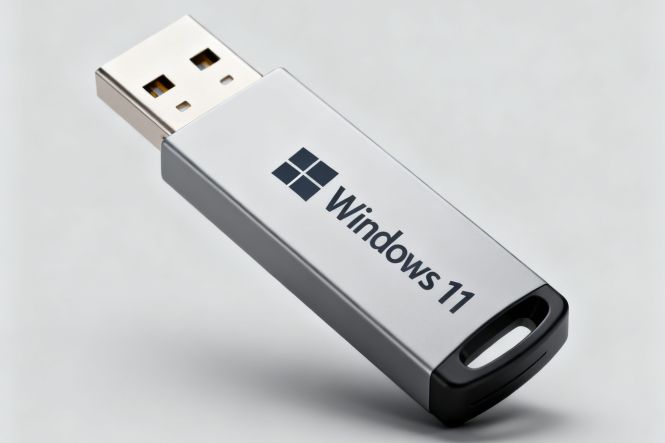 How to install Windows 11 on an unsupported PC
How to install Windows 11 on an unsupported PC
Microsoft will stop the official, all-around support of Windows 10 on October 14, 2025. This means there will be no more updates unless you sign up for the Extended Security Updates program (ESU), which aims to ensure the system’s defences remain current and relevant for another year. We have covered the sign-up options and key specifics of the offer in Windows 10 Extended Security Updates (ESU) program explained.
It feels like Microsoft plans to keep Windows 11 at the forefront for a considerable period of time: there were — and still are — rumors about the company’s intention to release Windows 12 this year, but instead it gave us Windows 11 25H2, a seemingly major update that, as it turned out, isn’t really a step up from 24H2.
All things considered, there are few reasons not to upgrade to Windows 11, and they are pretty much subjective, barring special cases involving some irreplaceable software that needs the 10 and hardware incompatibility. The latter, stemming from the restrictions imposed by Microsoft, can be circumvented using third-party solutions. In this piece, we give you two programs, a PowerShell script, and a manual routine that can do the job. Choose what’s most appropriate in your specific situation.
Upgrading to Windows 11 using Rufus
Rufus is a free, open-source utility for Windows that formats and creates bootable USB flash drives. In addition, it is one of the most popular tools that help people install Win 11 on unsupported PCs: the functionality letting you bypass the hardware requirements check was introduced into the software soon after the initial release of the OS itself.
The process of installing Windows 11 on an unsupported computer using Rufus is simple:
- Download Rufus and the Windows 11 ISO.
- Plug in a USB stick and tell Rufus to create a bootable installer; in the process, check the “Remove…” boxes when prompted, then finish creation of the boot media.
- Plug the stick in the unsupported PC, boot and install Windows 11.
Upgrading to Windows 11 using Flyoobe
Flyoobe started out as FlyBy11, the purpose of which was to enable users to bypass the hardware requirements. Given what the product is now, the new name makes sense: “oobe” here stands for “out of the box experience,” and this is exactly what this tool allows to customize. We’ll cover it in greater detail in a spotlight post soon; for the purposes of this article, here is what bypassing looks like with Flyoobe:
- Download Flyoobe and the official Windows 11 ISO.
- Launch Flyoobe, tell it where to find the ISO, and patch it as prompted.
- Upgrade to Windows 11 and follow the prompts to patch and start the upgrade process.
Upgrading to Windows 11 using Win11-Req-Bypass
Win11-Req-Bypass is another totally free tool built by an enthusiast willing to share with the world. It is a PowerShell script that lets you skip the hardware compatibility check during Windows 11 installation. “PowerShell script” may sound complicated, but in fact, migrating to Win 11 with its help is not as complex as it seems:
- Get your copy of the Windows 11 installation package.
- Launch PowerShell as Administrator and execute the command given on the script’s GitHub page (we’re not citing it here as it may change).
- Restart the PC, and launch Windows 11 installation.
Alternatively, you can download the script and launch it locally. Running PowerShell as Administrator is nothing difficult, either: hit the Start button, type “power,” right-click the Windows PowerShell item, choose “Run as Administrator.”
Upgrading to Windows 11 using a drive clone
This is probably the most labor-intensive way to move to Windows 11, but there are circumstances in which it may be the only one possible.
- Install Windows 11 on a supported PC.
- Clone the drive using tools like Macrium Reflect, and transfer it to the unsupported PC (make sure boot modes and partition formats match).
Your license should be updated once you log into your Microsoft account on the unsupported computer, but there’s no guarantee it will, please keep this in mind.
As we have highlighted in a recent post, Microsoft seems to be inclined to make the Windows 11 upgrade rules more strict, so, if you basically have nothing against switching to the latest version but prefer not to change the hardware, which is considered unsupported (although it can run Win 11), now is a good time to make that move.



